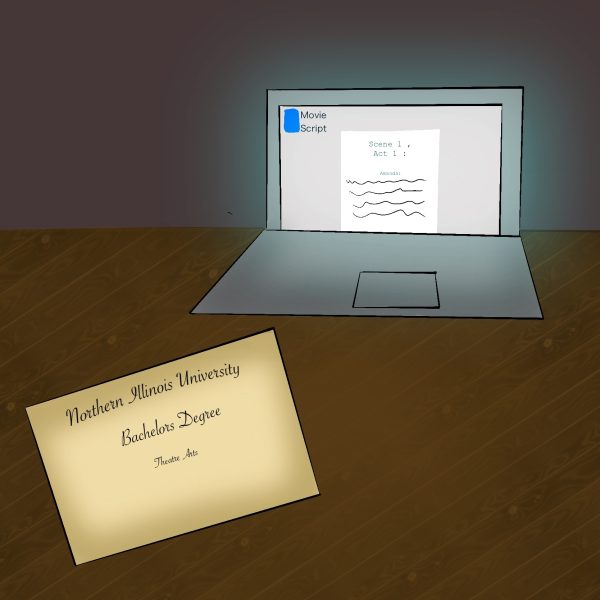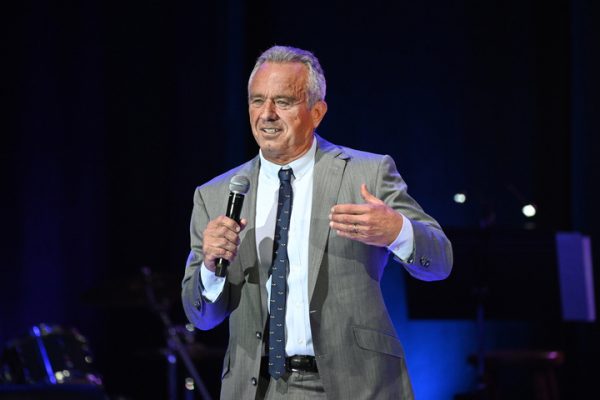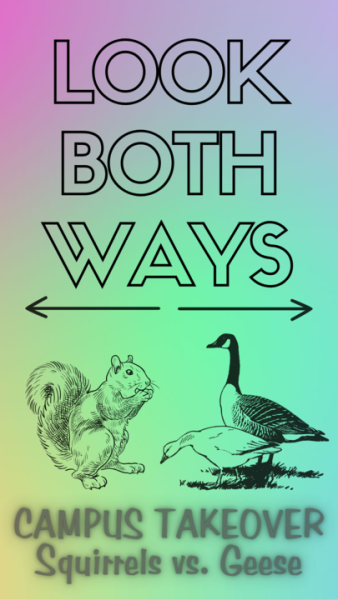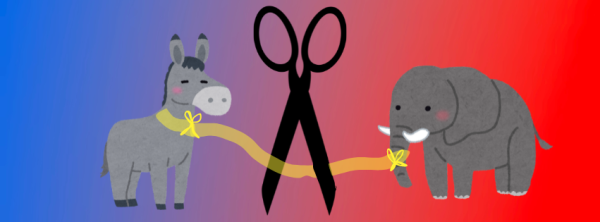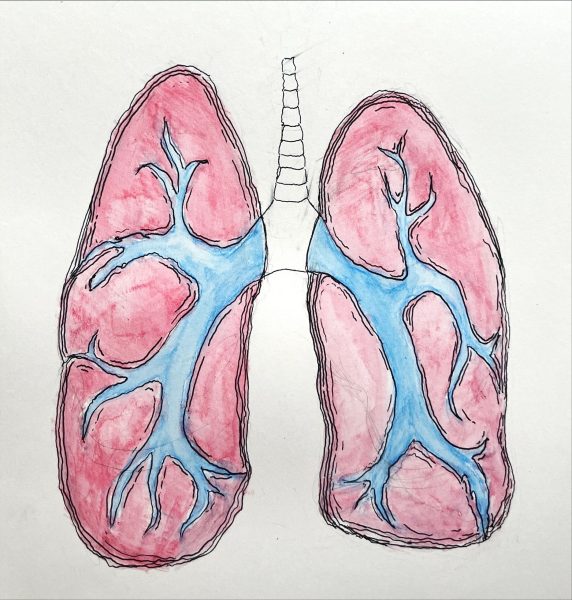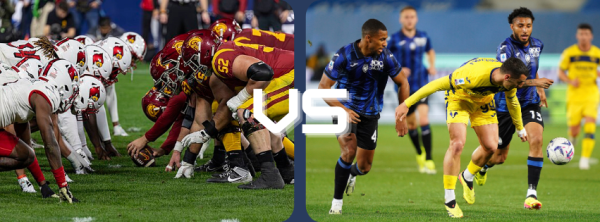TOMS looks to sell shoes, not to aid
April 9, 2012
You may see a lot of feet today. They’re out for TOMS Shoes’ “One Day Without Shoes.”
TOMS encourages people to walk around barefoot to “spread awareness of the impact a pair of shoes can have on a child’s life by taking off our own.” The company is based on the idea of “One for One.” For every pair of shoes bought, one pair goes to a “child in need” abroad.
So why all this fuss about shoes? “Millions of children live without proper footwear, exposing them to injury and disease every day,” according to TOMS’ website.
If a company is based on the idea that bare feet are vulnerable to “injury and disease every day,” then why, for its awareness campaign, would it encourage as many people as possible to go barefoot? That’s like an AIDS campaign encouraging as many people as possible to have unsafe sex to raise awareness of its dangers.
But TOMS Shoes isn’t a non-profit company; it’s a retail company. It’s not in the business of effective aid. It’s in the business of selling shoes.
Saundra Schimmelpfennig, of the aid blog Good Intentions are Not Enough, created a counter-campaign last year: “A Day Without Dignity.” She challenged anyone to find a single country in the world where shoes are not for sale.
Guatemala is one country where TOMS’ shoe-giving volume is high. When I lived in Guatemala, I saw several shoe sellers at the local twice-weekly market and also knew a man who made custom shoes out of his local shop. When your livelihood is selling a product to customers, and then someone else comes around to give that product to all of your customers for free, I believe economists call that “getting screwed over.”
Poverty levels vary by region, so shoes may be harder to find in other areas of Guatemala than where I lived. But there are shoes in many places in Guatemala, a country the same size as Tennessee. So the best way to get footwear to Guatemalans isn’t flying in shoes that retail for $60 to $100 from the U.S. As Schimmelpfennig writes, “There are many better and cheaper ways to get shoes on the feet of the poor.”
But that’s not TOMS’ goal – to help as many people as possible. TOMS not only takes away jobs from local shoe sellers, but also disregards the dignity of its people “in need” by letting TOMS customers buy tickets to go on its “Shoe Giving Trips.” Handouts aren’t sustainable, and they perpetuate giver/receiver power structures. For “A Day Without Dignity,” imagine what it’s like to have wealthy foreigners take your children and give them hipster shoes because they know what’s best for you.
Aid shouldn’t be about doing things for people. It shouldn’t be about how good you feel. And it shouldn’t be about buying yourself a pair of trendy shoes to tell your friends you’re socially conscious. It should simply always be about doing the most good.
But that’s not TOMS goal – it’s to sell shoes. I’ve seen shoe “awareness raising campaigns” like “Day Without Shoes” before; they’re usually on my TV, and for Nike. They’re called commercials.


